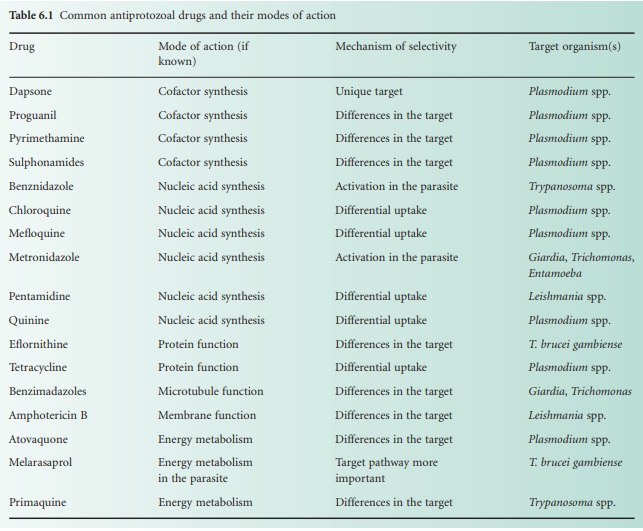Analysis of Samples
| Home | | Pharmaceutical Microbiology | | Pharmaceutical Microbiology |Chapter: Pharmaceutical Microbiology : Protozoa
Diagnosis of parasitic infection is dependent on the demonstration of the parasite in appropriate samples. The type of samples can vary from blood where preparation can be minimal (e.g. sample of smears for microscopy) to faeces or intestinal aspirates.
ANALYSIS OF SAMPLES
Clinical samples
Diagnosis of parasitic
infection is dependent on the demonstration of the parasite in appropriate
samples. The type of samples can vary from blood where preparation can be
minimal (e.g. sample of smears for microscopy) to faeces or intestinal aspirates.
Faecal samples require more processing: for example, fresh or preserved stools
can be concentrated to increase the yield of the parasites by sedimentation
using the formol–ether or formol–ethyl acetate techniques or by faecal parasite
flotation method using copper sulphate. These concentrates can be stained for
microscopy. For the extraction of DNA from samples a number of methods exist;
however, there are various resin based kits that will separate DNA from complex
biological samples.

Environmental samples
Many parasites have life
cycle forms that can survive in the environment. These act to initiate
infections in susceptible hosts; for some parasites this only requires ingestion
of no more than 10 cells or cysts, thus the ability to detect them in the
environment is vital. This section focuses on water and foods as they are often
major routes of transmission for parasites such as Giardia and Cryptosporidium which
are included in the monitoring standards
for potable waters (drinking waters) by regulatory bodies in both the European
Union and the USA. In addition, food and pharmaceutical companies that utilize
water in their processes are required to test for a number of pathogens,
including waterborne parasites. Foods can also be a source of infection and
methods for the detection of pathogens in foods are as important as those for
water samples.
As outlined in section
6.1, a number of methods can be used to detect and to identify parasites but
the performance of these techniques will often be impaired when used on real
samples. This is due to a number of factors that include:
·
the levels of parasites present
·
volume of samples required for analysis
·
the presence of other microorganisms
·
the presence of compounds that interfere with detection
·
turbidity of samples (water)
·
high levels of protein, lipids and carbohydrates in samples
(foods).
Often these factors
combine to make detection difficult. For example, if levels of a parasite in
water are low (<1/100 ml) several litres
must be collected and analysed. This is possible, but would require the sample
volume to be reduced for analysis. This can be achieved either by filtration or
centrifugation. If the sample contains sediment, both of these approaches are
difficult; however, methods such as tangential flow filtration (fluid passed
parallel to the filter) can be used. Waters can also contain organic acids that
can inhibit the PCR process so these must be removed from the sample before
analysis. DNA-based technology may also fail to detect the presence of a
parasite if the DNA present in the sample is degraded, e.g. by other organisms.
In foods, the process can be even more complex and separation of parasites from
the foodstuff is often the factor that impacts most on the limits (sensitivity)
of the method.
Related Topics
